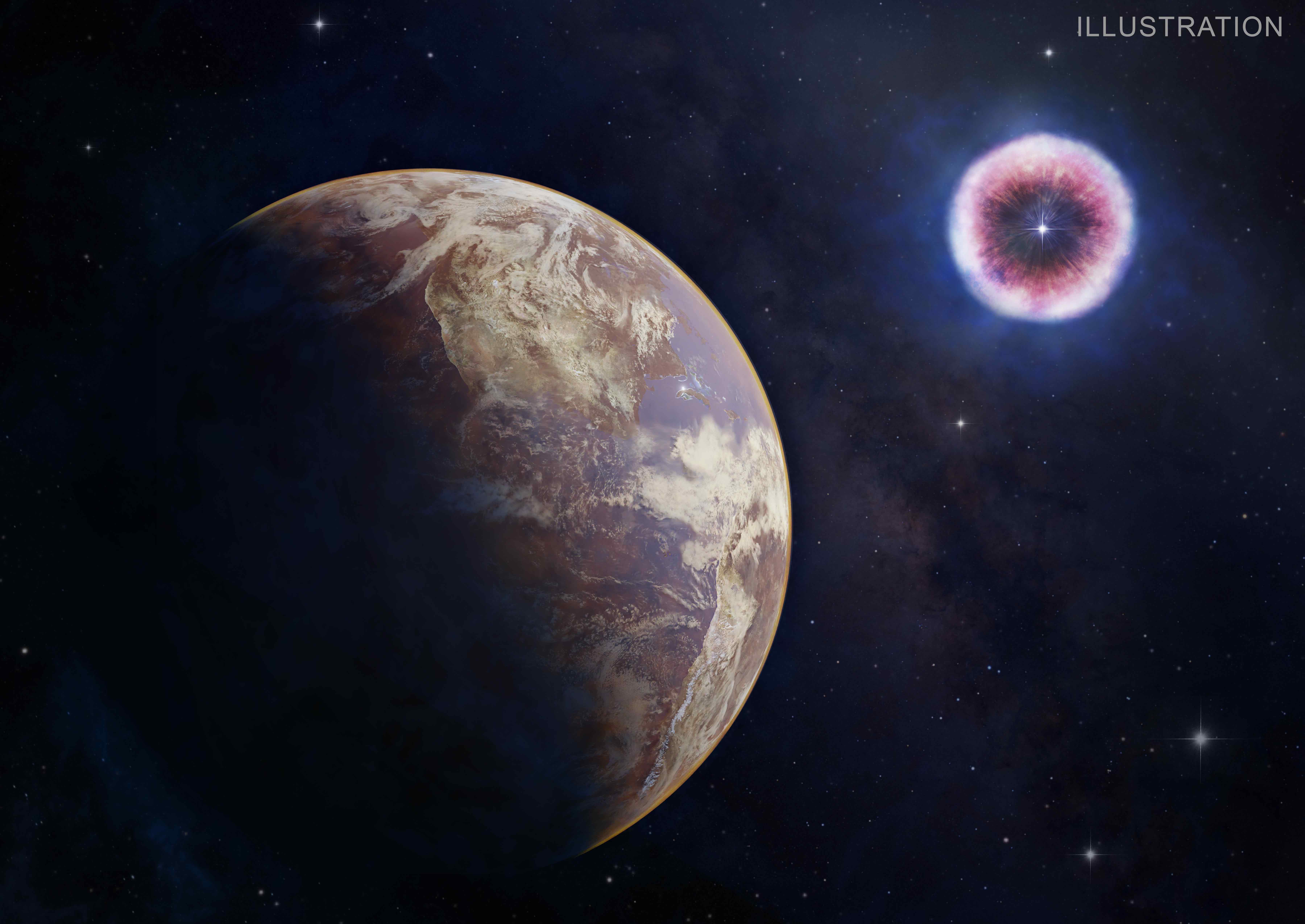[/caption]
What caused a huge explosion nearly 2,000 years ago, seen by early Chinese astronomers? Scientists have long known that a "guest star" that had mysteriously appeared in the sky and stayed for about 8 months in the year 185 was the first documented supernova. But now the combined efforts of four space observatories have provided insight into this stellar explosion and why it was so huge – and why its shattered remains -- the object known as RCW 86 – is now spread out to great distances.
"This supernova remnant got really big, really fast," said Brian Williams, an astronomer at North Carolina State University in Raleigh. "It's two to three times bigger than we would expect for a supernova that was witnessed exploding nearly 2,000 years ago. Now, we've been able to finally pinpoint the cause."
By studying new infrared observations from the Spitzer Space Telescope and data from the Wide-field Infrared Survey Explorer, and previous data from NASA's Chandra X-ray Observatory and the European Space Agency's XMM-Newton Observatory, astronomers were able to determine that the ancient supernova was a Type Ia supernova. And doing some "forensics" on the stellar remains, the astronomers could piece together that prior to exploding, winds from the white dwarf cleared out a huge "cavity," a region of very low-density surrounding the system. The explosion into this cavity was able to expand much faster than it otherwise would have. The ejected material would have traveled into the cavity, unimpeded by gas and dust and spread out quickly.
This is the first time that astronomers have been able to deduce that this type of cavity was created, and scientists say the results may have significant implications for theories of white-dwarf binary systems and Type Ia supernovae.
At about 85 light-years in diameter, RCW occupies a region of the sky that is slightly larger than the full moon. It lies in the southern constellation of Circinus.
Source:
JPL
 Universe Today
Universe Today
